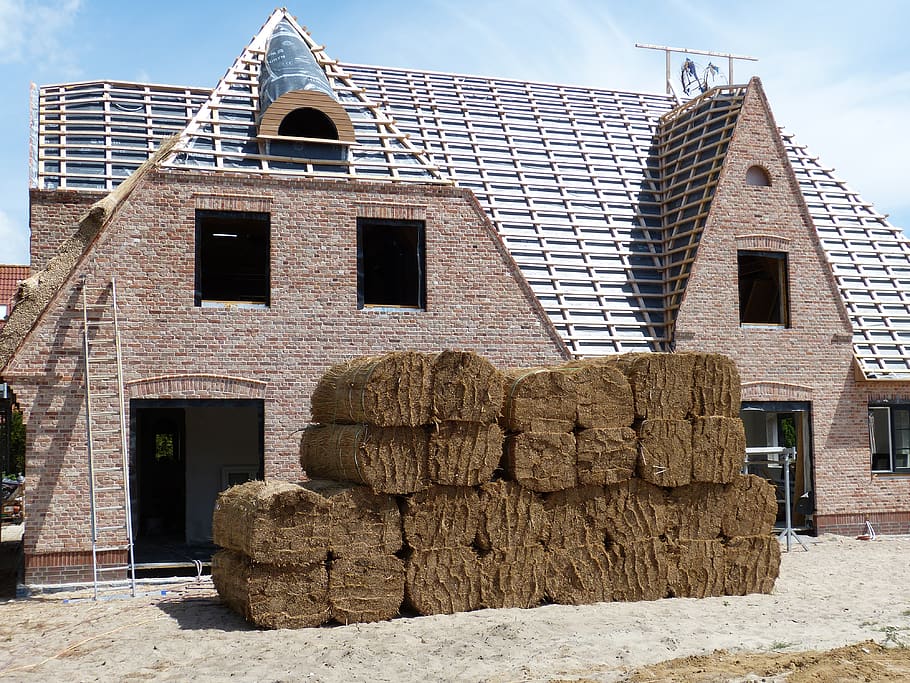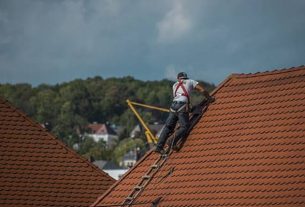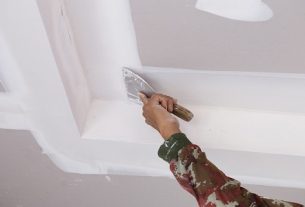How to Insulate Your Roof from the Outside: A Comprehensive Guide to Solving Thermal Issues
Are you struggling with high energy bills and uncomfortable temperature changes inside your home? Roof insulation plays a crucial role in maintaining a comfortable living environment and reducing energy consumption. In this guide, we will explore the process of insulating your roof from the outside, providing you with valuable information and practical tips to address this common problem.
Exterior Insulation Materials: Choosing the Right Option
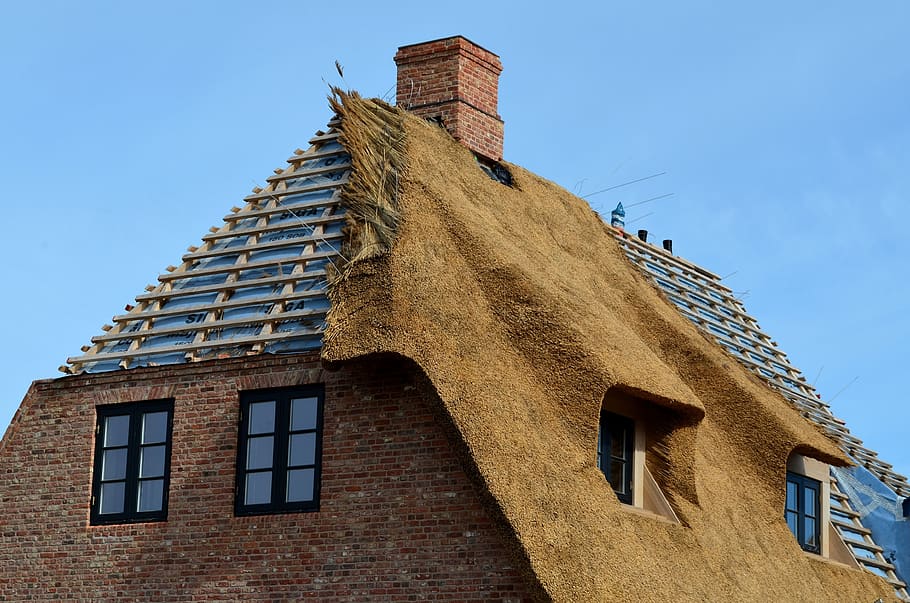
When it comes to roof insulation, selecting the appropriate exterior insulation materials is essential. Here are some commonly used options:
Synthetic Insulation: Polystyrene and polyurethane are popular choices due to their excellent thermal properties and ease of installation.
Mineral Insulation: Rock wool and glass wool provide effective insulation and are known for their fire-resistant properties.
Wood Fiber: This eco-friendly option offers good thermal performance while providing natural moisture regulation.
Insulating Walls from the Outside: A Superior Approach
Insulating walls from the outside not only solves thermal bridge issues but also takes advantage of the thermal inertia of masonry walls, resulting in energy savings. Although this method offers significant benefits, it’s essential to consider potential drawbacks, such as changes to the exterior appearance and higher costs compared to interior insulation.
How to Insulate Walls from the Outside: The Mantle Wall Technique
Also referred to as the “mantle wall” approach, here’s how you can insulate your walls from the outside:
Attachment: Use glue, mechanical fasteners (wide-head plastic plugs), or a combination of both to attach the insulation to the facade.
Exterior Coating: Apply a primer and reinforcing mesh, followed by an exterior coating for added protection.
Cladding: Another option is to cover the insulation with cladding, such as solid wood battens, terracotta elements, or composite panels fixed to frames made of wood or metal.
Non-load-bearing Wall: Create a new, non-load-bearing wall to provide the appearance of a genuine wall (e.g., brickwork) and enhance mechanical protection. Ensure proper measures are taken to allow water vapour to escape.
Roof Insulation from the Outside: Unlocking the Full Potential
Roof insulation from the outside shares similar advantages and disadvantages with wall insulation, making it suitable for both new construction and renovation projects. Consider the following points when insulating your roof:
Insulation Placement: Remove the roof covering and place insulation panels on the rafters. Remount the roof sheathing on top.
Advantages: Roof insulation effectively addresses thermal bridges and doesn’t compromise interior space, leaving your attic free for other purposes.
Disadvantages:
- Take precautions to prevent condensation by installing a vapour barrier if the insulating material is airtight.
- Ensure sufficient attic ventilation.
- Keep in mind that the position of the insulation might slightly affect the external appearance of the roof in relation to the house.
Suitable Insulation Materials: Options include extruded polystyrene, glass or rock wool panels, and wood fibre or cellulose panels.
Price of Exterior Home Insulation: Exploring Cost Considerations
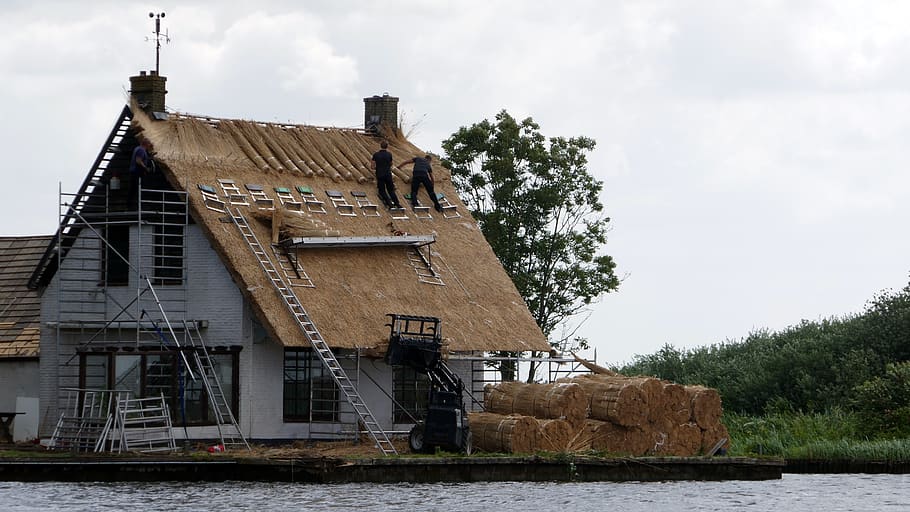
When planning your exterior home insulation project, it’s important to consider the associated costs. Factors that influence the price include the size of your home, chosen insulation materials, labour costs, and any additional modifications required. Consulting with insulation professionals will provide you with accurate estimates tailored to your specific needs.
Unlock the Benefits of Roof Insulation Today
By following these guidelines for roof insulation from the outside, you can create a more comfortable and energy-efficient living space. Say goodbye to high energy bills and temperature fluctuations. Don’t let your roof be the source of your problems—take action and insulate it effectively!
Hope you like this article. Remember to jot down a few words in the comments below.
